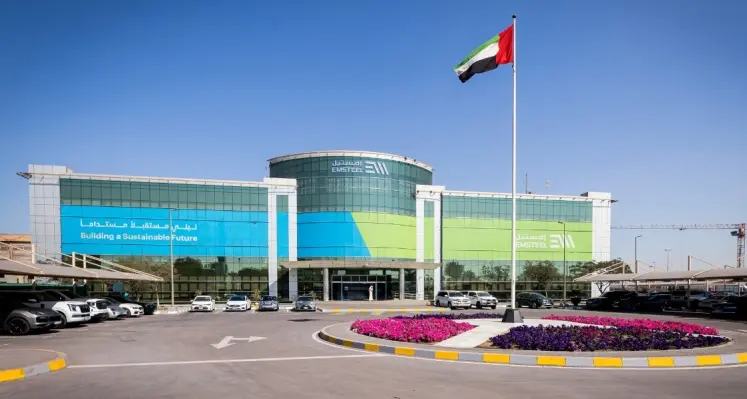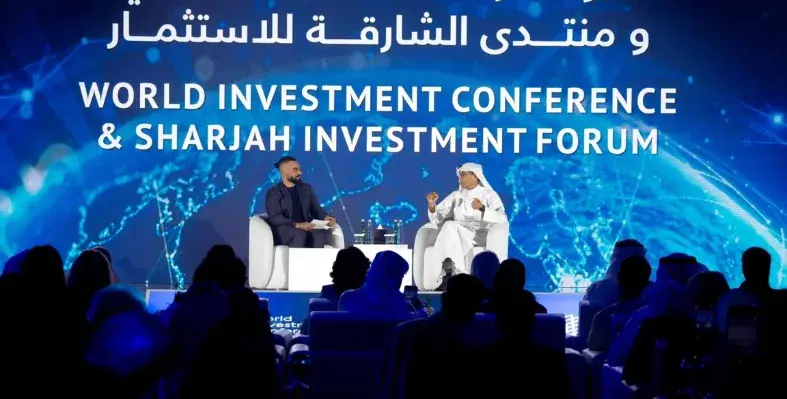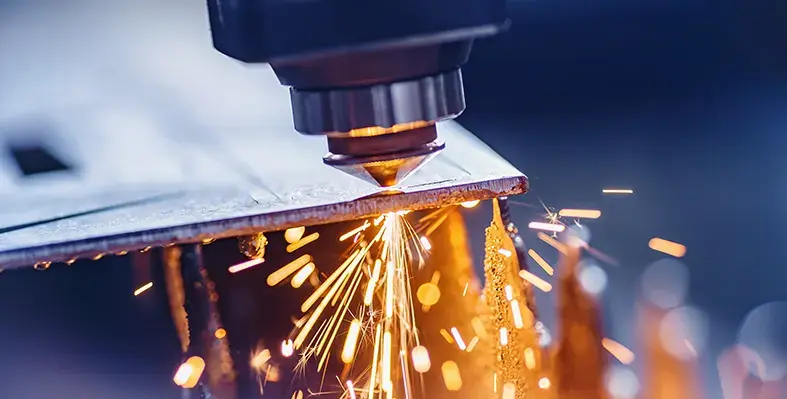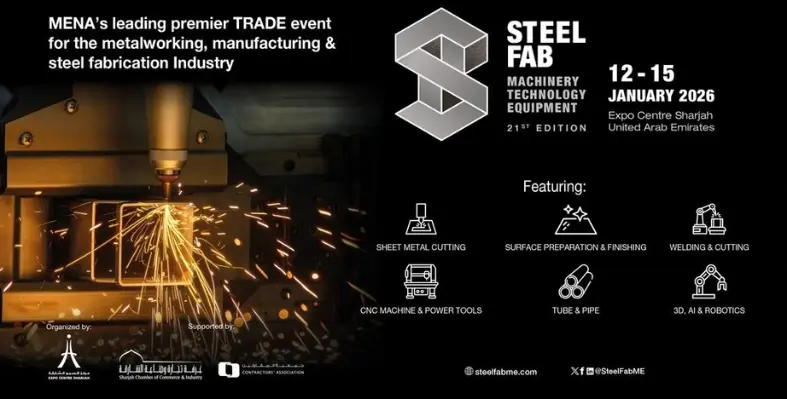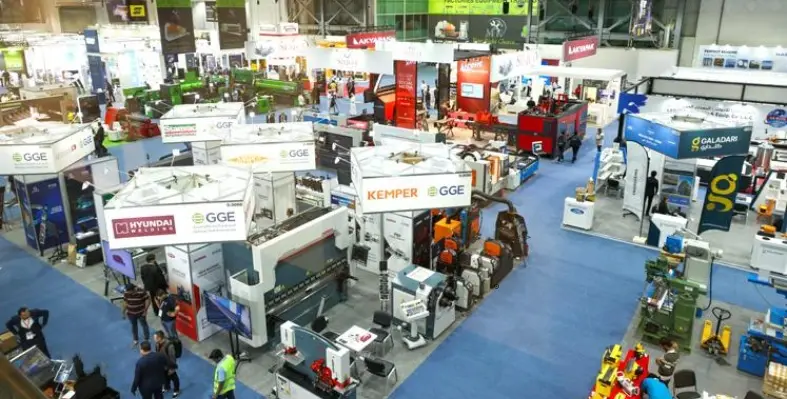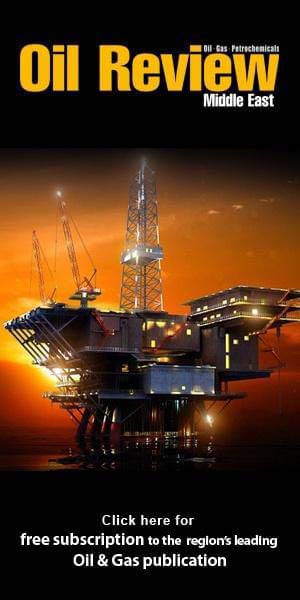EMSTEEL Group has successfully piloted a private 5G network, in collaboration with e& UAE, the flagship telecom arm of global technology group e&.
The initiative represents a major milestone in EMSTEEL’s Industry 4.0 journey and supports the UAE’s national strategy for industry, Operation 300bn, by enhancing operational efficiency, safety, and sustainability across its production facilities.
The private 5G network delivers high-speed, reliable coverage throughout EMSTEEL’s extensive and complex industrial environments, overcoming the limitations of traditional connectivity solutions. With data securely managed on EMSTEEL’s on-premise infrastructure, the network enables the integration of advanced technology projects, including the Asset Insight platform.
The Asset Insight application was the first to be demonstrated on the network. Using industry-grade tablets, workers can scan QR codes on equipment to access real-time documentation, maintenance history, and sensor data. The app also allows staff to generate maintenance requests instantly, helping to minimise downtime and repair costs while improving efficiency and safety.
Eng. Saeed Ghumran Al Remeithi, group CEO of EMSTEEL, said, “Our partnership with e& UAE to launch the World’s first private 5G network in manufacturing represents a landmark achievement in EMSTEEL’s digital transformation journey. It is more than a technological upgrade; it is a fundamental shift in how we operate, innovate, and ensure the safety of our people and assets. The Asset Insight platform is a powerful example of how we are translating Industry 4.0 principles into tangible operational benefits. This pilot launch reinforces our commitment to pioneering sustainable and efficient manufacturing practices, setting a new benchmark for the industrial sector both regionally and globally.”
“This transformative private 5G deployment with EMSTEEL exemplifies our vision of enabling the industries of tomorrow through cutting-edge connectivity. By delivering enterprise-grade network infrastructure tailored for demanding manufacturing environments, we are unlocking possibilities for smart factories, predictive maintenance, and AI-driven operations. At e&, we are committed to partnering with industry leaders like EMSTEEL to co-create solutions that don’t just connect devices, but fundamentally reimagine how industries operate and contribute to a more sustainable future,” added Masood M. Sharif Mahmood, CEO of e& UAE.
The successful pilot underscores EMSTEEL’s commitment to investing in advanced technologies that enhance operational performance while strengthening its position as a global leader in low-carbon steel production and sustainable building materials. This technology strategy extends beyond manufacturing, with potential applications in commercial operations, customer experience, health and safety, sustainability, data utility, research and development, and more.




